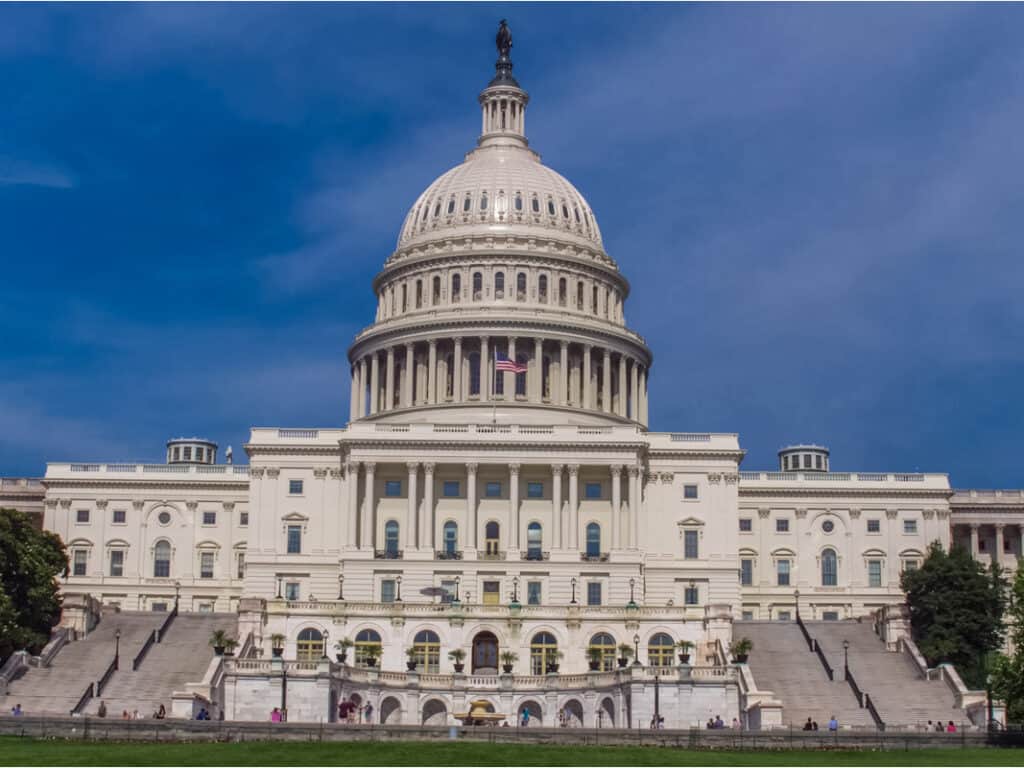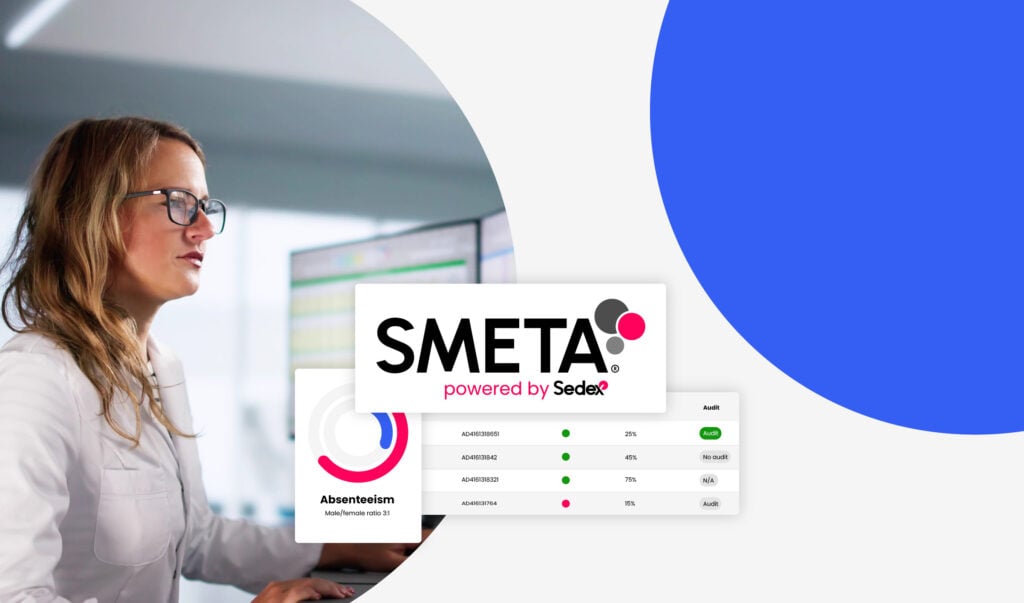Five Predictions for Sustainable Procurement
In the last five years, legislation and world events have firmly cemented sustainability requirements in procurement and supply chain activities. From mandatory due diligence to the reality of climate change-related supply chain disruption, procurement professionals have many plates to spin and the future feels unpredictable. These are my five key predictions on the future of sustainable procurement and what businesses need to prepare for.
At Sedex, we think of sustainable procurement as a holistic approach that integrates environmental, social and economic considerations into procurement processes to achieve sustainability goals. This means working to reduce any negative impacts while maximising the positive impacts of your value chain on people and planet. Simply put, it means going beyond compliance, and simultaneously creating increased value.
A perfect storm of supply chain challenges
Procurement professionals are facing many interconnected challenges in their supply chain. Increased scrutiny from the media, civil society and governments are pushing businesses for greater transparency and accountability over their supply chain, even where a company is making concerted efforts to improve working standards and protect the environment.
Pressures have become particularly acute due to shifting trends in the sustainability legislative landscape, expanding business responsibility from a traditional focus on operational sustainability towards integrating sustainability in the supply chain too. There are an estimated 2,500 pieces of ESG legislation globally as of March 2024; while the supply chain might not be the primary focus of all of them, most of them have an impact on supply chains as a critical part of the functioning of a business.
“There are an estimated 2,500 pieces of ESG legislation globally – most have an impact on supply chains as a critical part of how a business functions.”
As procurement teams look to plan and adapt for the future, here are my five key predictions to help you make sense of this complexity.
1. Legislation increasing in scope and severity
Along with the growing body of sustainability legislation reporting, laws are also broadening in scope to impact more businesses.
For example, since 1 January 2024 the German Supply Chain Act applies to companies with over 1,000 employees compared to when it was implemented in 2023 with an initial scope covering companies with 3,000 employees. The implementation of the EU Corporate Sustainability Due Diligence Directive (CSDDD) will also follow a phased approach over a three-year period, incrementally affecting more businesses.
Additionally, legislation is increasingly passed with greater and stronger “teeth”, meaning the legal consequences for not complying are clearer and more severe.
2. Climate change-related disruption will increase
A recent CDP study of 8,000+ businesses estimated that the cost of climate-related disruption to these companies will be $120 billion by 2026, with manufacturing, food beverage and agriculture, and power generation industries being most significantly impacted.
We’ve witnessed many recent examples of the interconnectedness of climate and supply chains in action. For example, flash flooding in Dubai in April this year brought the world’s second-busiest airport to a standstill, causing significant disruptions and financial losses in the travel industry.
We are already seeing the impact of the climate crisis on workers, and this has the potential to severely impact the global economy. A recent report by the International Labour Organization finds that by 2030 up to 3.8% of total working hours worldwide could be lost to climate crisis-induced high temperatures, equivalent to 136 million full-time jobs and economic losses of $2,400 billion.
Procurement teams can combat this risk by building increased visibility their supply chain regions that are more exposed to the impacts of climate change – to introduce preventative measures at the earliest opportunity.
“The International Labour Organization estimates up to 3.8% of global working hours could be lost to climate crisis-induced high temperatures – equivalent to economic losses of $2,400 billion.”
3. Climate risk combined with increased legislation may impact the supply of some key commodities
Legislation such as the Uyghur Forced Labour Protection Act has created obstacles to importing cotton into the USA. This is due to the assumption under this law that all cotton grown in China’s Xinjiang region– which makes up 20% of all global cotton production – is produced with forced labour unless it can be proved otherwise. At the same time, around half of cotton-growing regions globally will be exposed to increased drought risks by 2040, with water scarcity being one of the biggest risks; likely resulting in reduced growing seasons and volumes.
Other countries are considering adopting similar legislation. The Chair of the UK parliament’s Select Committee on Business and Trade recently called for the UK government to implement similar measures for imports, while the developing EU forced labour ban may also include such measures. The combined impact could lead to supply chain disruptions, increased prices and stock shortages.

4. Collaboration will be more important than ever
Collaboration is critical to implementing changes to meet the requirements of sustainability legislation. Businesses are getting ahead by forming new cross-functional teams to meet requirements, such as those of the EU Corporate Sustainability Reporting Directive (CSRD), which has brought finance teams firmly into the sustainability conversation.
Strong supplier relationships are more critical than ever to drive sustainable sourcing. The EU CSDDD requires businesses to take a shared responsibility on protecting human rights and the environment, causing a shift in the the power dynamic between buyers and suppliers. Businesses across the supply chain will be required to do due diligence, with buying organisations bearing the brunt of legal responsibility.
5. Businesses must embed sustainable procurement into strategy and processes
Independent research conducted by Sedex found that over a third of North American procurement leaders aren’t aware of sustainability legislation reporting that affects their business. This is concerning: it can take anywhere between six months and six years to fully integrate a sustainable or responsible procurement programme in a business. Successful integration depends on the complexity of both an organisation and the regulatory requirements, if new resources and expertise are required and how cooperative suppliers are.
If you wait until legislation comes into effect to act, it will be too late. It’s essential to give weight to sustainable procurement in decision-making and integrate this into broader business-as-usual decisions.
Combatting these risks
So, what should you do next? Start with looking at the legislative landscape – understand which legislation you’re in scope of and what you need to do to comply.
The next step is to gain an understanding of the social and environmental risk hotspots in your supply chain and the risks supply chain disruption poses to you.
From there, form a cross-department group to assess and analyse this information, identify your priorities, and build a roadmap; setting out what you need to do next and the resources required to achieve this.
Finally, of course, act now, not later.
Sedex Consulting empowers businesses to develop strategic roadmaps and identify gaps in current procurement practices, build capacity through tailored training, align leadership on sustainability goals, gain visibility of supply chain risks, and reduce audit fatigue and reporting burden through leveraging the Sedex Platform.
Reach out to discuss a legislation compliance strategy or other sustainability-related support.



